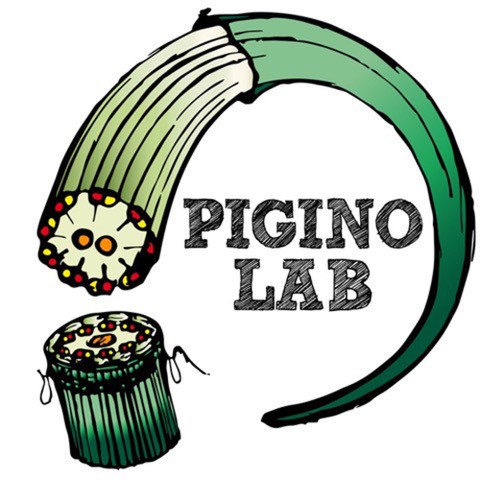
Pigino Group
Cells need to be able to sense different types of signals, such as chemical and mechanical signals, from the extracellular environment to properly function. Most eukaryotic cells perform these functions through a specialized hair-like organelle, the cilium, that extends from the cell body as a sort of antenna. The signaling and sensory functions of cilia are fundamental already during the early stages of embryo development, when cilia coordinate the establishment of the internal left/right asymmetry typical of the vertebrate body. Later, cilia continue to be required for the correct development and function of specific tissues and organs, such as brain, heart, kidney, liver, and pancreas. Sensory cilia eventually allow us to sense the environment that surrounds us, for instance we see through the connecting cilium of photoreceptors in our retina, we smell through the sensory cilia at the tip of our olfactory neurons, and we hear thanks to the kinocilium of our sensory hair cells. Motile cilia, which themselves have sensory functions, also work as propeller-like extensions that allow us to breath, because they keep our lungs clean, to reproduce, because they propel sperm cells, and even to properly reason, because they contribute to the flow of cerebrospinal fluid in our brain ventricles. Not surprisingly, defects in the assembly and function of these tiny organelles result in devastating pathologies, which are collectively known as ciliopathies. Thus, proper function of cilia is fundamental for human health.
The Pigino Lab investigates the biology and the 3D molecular structure of ciliary components in their native cellular context and in isolation, to understand how they orchestrate cilia-specific functions. Our work positions itself right at the interface between structural biology and molecular cell biology. Hence, we combine the latest tools and methodologies from both fields, from cryo-electron tomography, over correlative light and fluorescence microscopy (CLEM), to in vitro reconstituted dynamic systems, genetics, biochemistry, image analysis methods, all the way to more classical cell biology.
Our ultimate goal is to understand the underlying molecular mechanisms of ciliary functions and dysfunctions, so that possible therapeutic strategies for ciliopathies can be developed.

ERC funded project (ERC-2018-COG N#819826 CiliaTubulinCode)
Self-organization of the cilium: the role of the tubulin code
Our current knowledge of the basic principles which lead to self-organization of cellular organelles is quite limited. Hence, our project aims at understanding the role of the tubulin code for self-organization of complex microtubule based cellular structures, with the focus on the structure of the cilium.
Group members
-
 Gaia Pigino
Gaia Pigino
Associate Head of Structural Biology Research Centre -
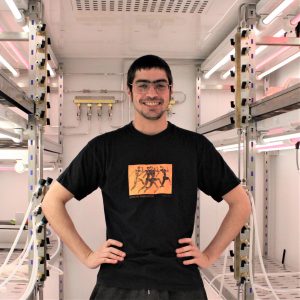 Gonzalo Alvarez Viar
Gonzalo Alvarez Viar
Postdoc -
 Paola Capasso
Paola Capasso
Senior Technician -
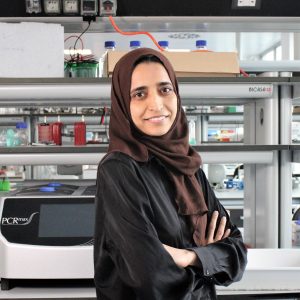 Rubina Dad
Rubina Dad
Postdoc -
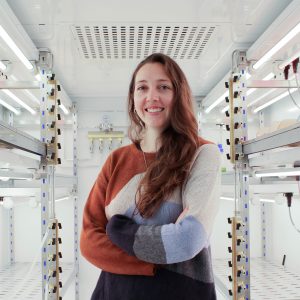 Helen Elizabeth Foster
Helen Elizabeth Foster
Postdoc -
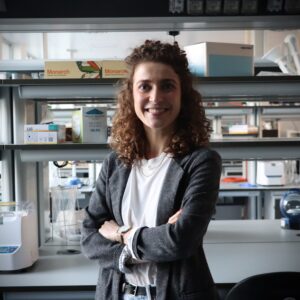 Malina Karen Iwanski
Malina Karen Iwanski
Postdoc -
 Nikolai Klena
Nikolai Klena
Postdoc -
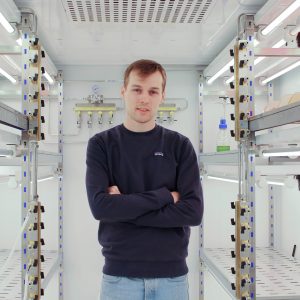 Samuel Edward Lacey
Samuel Edward Lacey
Postdoc -
 Giovanni Maltinti
Giovanni Maltinti
PhD Student -
 Adrian Pascal Nievergelt
Adrian Pascal Nievergelt
Scientific Visitor
Publications
-
08/2022 - BioRxiv
The Molecular Structure of Anterograde Intraflagellar transport trains
Anterograde intraflagellar transport trains are essential for cilia assembly and maintenance. These trains are formed of 22 IFTA and IFTB proteins that link structural and signalling cargoes to microtubule motors for import into cilia. It remains unknown how the IFTA/B proteins are arranged into complexes and how these complexes polymerise into functional trains. Here, we […]
-
07/2022 - Science
In situ architecture of the ciliary base reveals the stepwise assembly of intraflagellar transport trains
The cilium is an antenna-like organelle that performs numerous cellular functions, including motility, sensing, and signaling. The base of the cilium contains a selective barrier that regulates the entry of large intraflagellar transport (IFT) trains, which carry cargo proteins required for ciliary assembly and maintenance. However, the native architecture of the ciliary base and the […]
-
07/2022 - BioRxiv
Efficient precision genome editing of Chlamydomonas reinhardtii with CRISPR/Cas
CRISPR/Cas genome engineering in the unicellular green algal model Chlamydomonas reinhardtii has until now only been applied to targeted gene disruption, whereas scar-less knock-in transgenesis has generally been considered infeasible. We have developed highly efficient homology-directed knock-in mutagenesis in cell-walled strains of Chlamydomonas. Our method allows scarless integration of fusion tags and sequence modifications of near arbitrary proteins […]
-
04/2022 - Nano Lett
Fabrication of High Aspect Ratio Gold Nanowires within the Microtubule Lumen
Gold nanowires have great potential use as interconnects in electronic, photonic, and optoelectronic devices. To date, there are various fabrication strategies for gold nanowires, each one associated with particular drawbacks as they utilize high temperatures, toxic chemicals, or expensive compounds to produce nanowires of suboptimal quality. Inspired by nanowire fabrication strategies that used higher-order biopolymer […]
-
11/2021 - eLife
A WDR35-dependent coat protein complex transports ciliary membrane cargo vesicles to cilia
Intraflagellar transport (IFT) is a highly conserved mechanism for motor-driven transport of cargo within cilia, but how this cargo is selectively transported to cilia and across the diffusion barrier is unclear. WDR35/IFT121 is a component of the IFT-A complex best known for its role in ciliary retrograde transport. In the absence of WDR35, small mutant […]